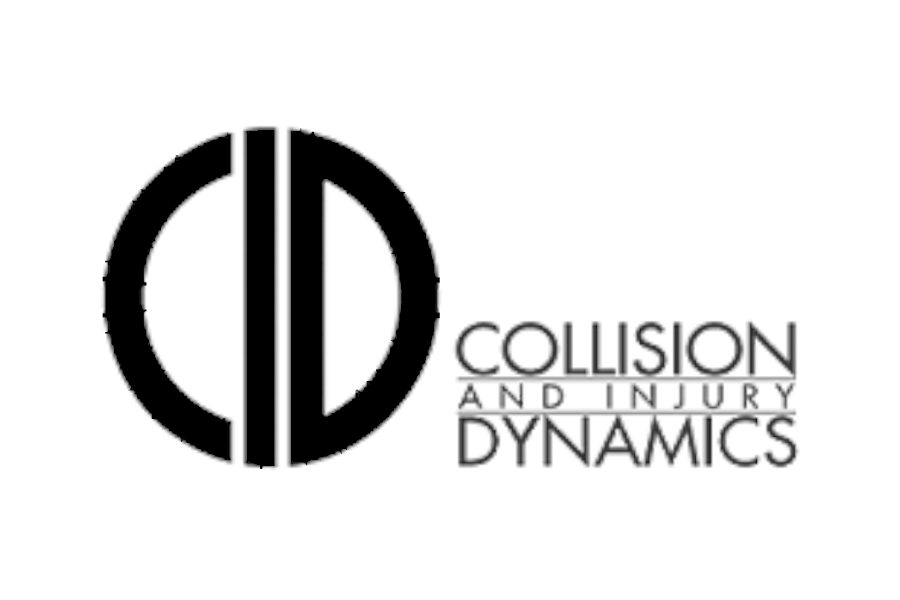sent on December 27, 2024
The topic of this week’s edition is a bit more philosophical than is typical. Chalk it up to New Year’s reflections.
I’m reading a book that briefly mentions the idea of zooming in or zooming out as a means of looking deeper into an issue, a concept highly applicable to collision reconstruction. I find myself frequently zooming in and out, depending on where I am in the analysis. Sometimes it’s important to pick your head up to identify the key issues, and sometimes it’s important to zoom in on the last column of the table on page 33 of the CDR report.
Let’s see how a simplified version of this concept might look for a common case: a car turning left in front of a motorcycle on a yellow light. Each item is labeled to quantify the zoom, with 1X being big picture and 10X being a close-up examination. The list is sorted by magnification, not necessarily order of performance.
1X – Case intake: Based on the case facts, timeline, and my knowledge about the potential client, is this a case I should take?
2X – Key issues: What are the key issues of the case? In this case, the trier of fact will likely be interested in the speed/position of each vehicle and the information available to each operator as the light turned yellow. This relies on many higher magnification issues.
4X – Avoidability: Could either operator have avoided the collision? This will also rely on several higher magnification issues.
5X – Speeds: To understand the issues above, the location of the vehicles on the roadway must be established. To do that, their approach and impact speeds must be known.
6X – Car speed: The theoretical vehicle is equipped with an EDR, so the ACM is interrogated in hopes of recovering related data.
8X – Car speed: Data was recovered. With careful interpretation, the approximate approach and impact speeds are ascertained.
8X – Signal timing: Analysis of the signal timing report offers the duration of the yellow phase. This could help determine how long the yellow light was illuminated when each vehicle entered the intersection.
9X – Motorcycle impact speed: Damage evaluation and simulation analyses (iterating the motorcycle impact speed in pursuit of matching the car’s delta-v) are used to gauge the impact speed of the motorcycle.
10X – Motorcycle initial speed: By studying the mechanical specifics of the motorcycle, the condition of its tires, subtleties of a single tire mark, and related literature, a drag factor during the braking phase can be determined, allowing for calculation of an initial speed range.
10X – AOI: Detailed examination of roadway evidence (scrapes, gouges, spatters of fluid, tire marks) allows for positioning the vehicles on the roadway at impact.
1X – Key issues: With the details figured, it’s possible to zoom back out to look at the big picture. Where was each vehicle when the light turned yellow? How fast were they traveling at that point? Would it have been easy for either operator to stop? Were either of them in the dilemma zone? Etc.
4X – Avoidability: Considering the speed and position of each vehicle, could either operator have avoided the collision?
This is a simplified discussion that doesn't consider all the issues, and the magnifications are not absolute, but hopefully it illustrates the point: sometimes an analysis benefits from zooming out and other times, zooming in. You might spend hours examining photos of a tire mark, but don’t forget to zoom back out and look at the big picture.
Happy New Year, keep exploring in 2025!
Lou Peck
Lightpoint | Axiom






















